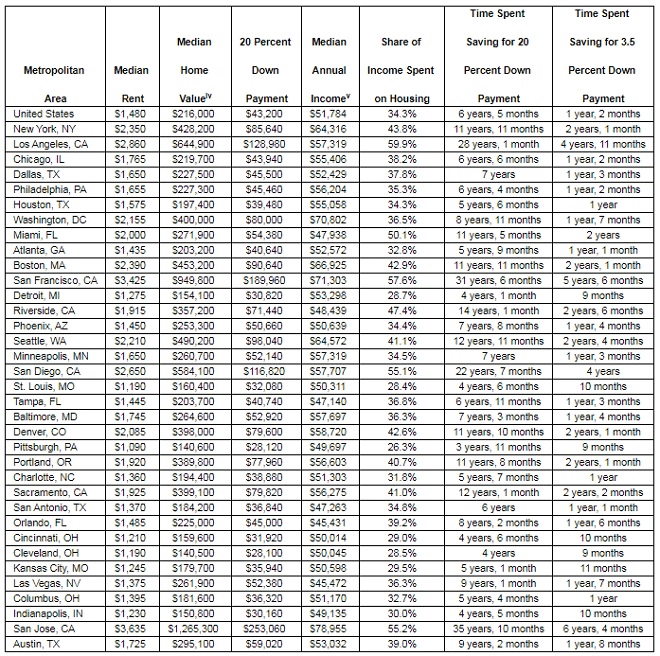Renters report plans to move, a desire for month-to-month payments, COVID-19’s impact and more
Lehi, UT – May 20, 2021 (PRNewswire) – Entrata, the multifamily industry’s most comprehensive property management software provider, today announced a new study, which reveals that 22% of American renters moved to a larger apartment with more space in the last year, with a further 56% planning post-pandemic moves. The survey gives a unique view into the rental market during an industry and world-shifting year.
“2020 was a life changing year for people, industries and businesses across the globe,” said Chase Harrington, Entrata’s president and chief operating officer. “Our survey of U.S. renters shows that many moved to larger spaces to accommodate work from home needs, moved back to hometowns and some even moved to the city to take advantage of lower rental rates. We’re seeing a shift in the industry as renters look for more flexible leasing options and think differently about apartment amenities.”
Key findings from the survey include:
To Rent, or To Buy?
Many people’s plans changed in 2020, and renters were no exception. Out of American renters:
- Nearly 22% moved to a larger apartment with more space in the last 12 months, possibly to accommodate pandemic-imposed work-from-home needs.
- A good section of the younger generation went back to their roots with 14% of Gen Z reporting that they moved back in with parents this last year.
The main reasons Americans stated for currently renting instead of owning are cost related, with the inability to afford a down payment on a home (39%) and home ownership being too expensive (33%).
Where and Why Renters are Moving
The pandemic has pushed renters in two distinct directions, either to the city or to the suburbs. Some are still planning their moves and others have already made the change.
The top reasons for renters to move during the last year were:
- The cost of rent (27%)
- Needing more space (24%)
- Needing a change of pace (18%)
- The COVID-19 pandemic (16%)
Of those who’ve moved in the last year, one-third (33%) said their move this past year is short-term, with 61% stating that it will last more than a year. That said, younger generations are more likely to say that their move during the last 12 months was short-term compared to older generations.
COVID-19’s Impact
More than half (54%) of renters who moved in the last year say they experienced moving difficulties due to COVID-19, with some of the top hardships including:
- Difficulty finding rental units in their price range (24%)
- Family and friends being unavailable to help with moving (20%)
- Inability to tour rental units (18%)
Because of the pandemic, nearly half (47%) of American renters switched to month-to-month payments. Of those, 42% say the pandemic affected their rental rate, and for many (34%), it increased their rate. Out of all American renters, nearly one in five (19%) say their interest in month-to-month rent payments has increased in the last year, however 53% of them say they aren’t willing to pay more in rent in order to have month-to-month payments.
How Amenities Have Changed
According to renters, 61% of rental properties on-site amenities have been closed or are now strictly regulated due to COVID-19. With many amenities going away or being limited, only 14% of renters say their rent was decreased because of those restrictions. However, 79% of those whose on-site amenities have been closed or regulated due to the pandemic think that their rent should have dropped.
Twelve percent of American renters say that compared to before COVID-19, on-site amenities make or break rental properties for them now, while 45% say that they still want good amenities but will ultimately choose a property based on location or price.
To read the full survey summary, click here. For more information about Entrata and its technology, please visit www.entrata.com.
ABOUT THE RESEARCH
Entrata conducted this research using an online survey prepared by Method Research and distributed by Qualtrics among n=1,000 adults in the United States who currently rent and have moved in the last 3 years. The sample was balanced across age, gender and geography. Data was collected from March 9 to March 29, 2021.
ABOUT ENTRATA
Founded in 2003, Entrata® is the only comprehensive property management software provider with a single-login, open-access Platform as a Service (PaaS) system. Offering a wide variety of online tools including websites, mobile apps, payments, lease signing, accounting, and resident management, Entrata® PaaS currently serves more than 20,000 apartment communities nationwide. Entrata’s open API and superior selection of third-party integrations offer management companies the freedom to choose the technology and software that best fit their needs. For more information, go to www.entrata.com.
SOURCE Entrata




